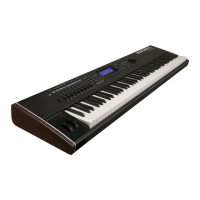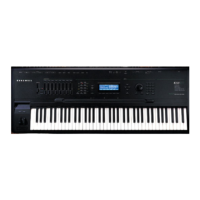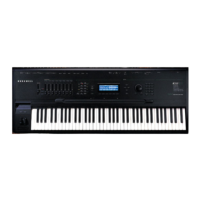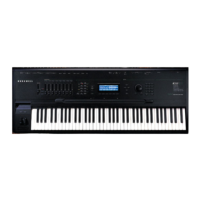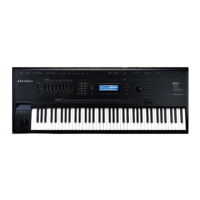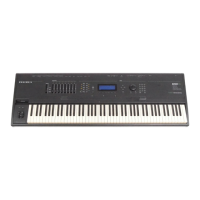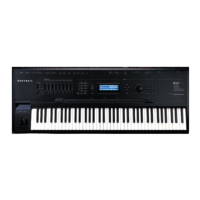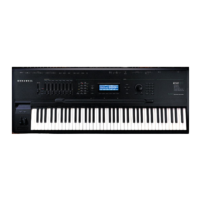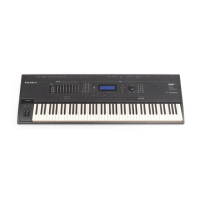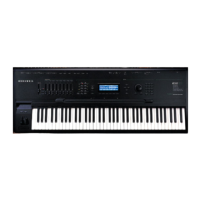As sample data
is
being fed from the CGP, amplitude envelope
information
is
being fed simultaneously from the CPU. The update
rate of the
amplitude envelope control information is much slower
than the actual delivery of the samples from the CGP. Therefore, the
CPU is fast enough to deliver this
information~
in
a timely manner.
The
amplitude envelope information for each channel comes
in
over
the 16 data
lines from the CPU. Actually, only 8 of these are used
since the
amplitude envelope control DAC is
an
8-bit DAC. The
output of this
DAC,
as
seen
on
the block diagram, goes
to
the control
input of the final VCA
on
each channel where the actual ramp down
of the sound occurs
on
those sounds which decay.
The
CDB BUS from the group processor feeds the sample
information into each channel's 12-bit DAC. The output of the
DAC
goes into a sample and hold whose timing
is
controlled by the FSAMP
signal
which comes from the
CPU
board. The output of each sample
and hold is fed into a very sharp cutoff low-pass filter called
an
alias filter. The function of the alias filter is to remove those
components of the spectrum which are generated by the
sampling
process.
As
a channel finishes playing a note or sound a one
sampling frequency, the next note that it receives may be
at
a
different
sampling frequency.
The frequency
FSAMP changes to reflect the
different
sampling rates. Also the corner frequency of the alias filter
changes to accommodate the new sampling rate. The output of the
alias filter is fed
to
the output channel VCA, mentioned earlier,
whose control input
is
driven from the 8-bit envelope control DAC.
The output of this
VCA goes to a solid state, SPDT switch. This
switch switches the output of the
channel onto either
an
A
BUS
or B
BUS. The A output of each of the channels are all ganged into 4
additional VCAs. These VCAs control the relative balance of the A
and B
signals onto the left and right output busses. The control
inputs
to
these 4 VCAs come from the Slider board
on
the front
panel. At the top of the drawing labeled, Analog/Channels Block
Diagram (figure 3.10),
is
a block called buffer. There are 12 outputs
from this device; 1 for each
channel. When a note is struck
on
the
keyboard, the
CPU after determining which note it is and various
other parameters; determines whether the sound
should be switched
onto the A
BUS
or the B BUS. J It does this switching before the sound
actually starts.
Kurzwell
250
Service Manual, Chapter 3
3-
2 8

